Table Of Content
Step-by-Step Skin Care Routine for Oily Skin That Works
Do you have acne, blackheads, oily skin, and excess oil on your T-zone? Then you have oily skin. Overactive glands that produce excess oil are the cause of oily skin. It can sometimes be inherited, and other times it can be brought on by using the wrong skin care products.
If you dehydrate your skin excessively, it will produce more oil to compensate. In addition to large pores and a shiny appearance, your skin will be more prone to acne and blackheads.
Step by Step Skin Care Routine for Oily Skin
Continue reading for a step-by-step guide to skin care routine for oily skin and recommended products for an oily skin care routine.
Step One: Cleanser
Make a habit of cleaning your skin twice a day for healthy skin care routine for oily skin. The best cleansers for oily skin will gently lather to remove any oil residue left on your skin when you wake up, rather than lathering up enough to strip your skin.
Look for light, refreshing formulations with ingredients like salicylic acid and tea tree, to clean deep pores and mattify shiny areas without making skin feel tight. After gently massaging your face and neck with your cleanser, rinse with warm water.
SUGGESTED CLEANSERS
|
|
|
|
Step Two: Serum
Because the nose has larger and more active sebaceous glands than the rest of your face, blackheads are more common in oily skin types. Blackheads are caused by sebum building up in the pores and attracting dirt, creating a visible plug that clogs the hair follicle and can lead to breakage.
Salicylic acid and niacinamide are two ingredients that can help reduce pore buildup and sebum production. Apply your serum to your dry skin, paying special attention to the T-zone, which is more prone to breakouts, oiliness and blackheads.
SUGGESTED SERUMS
|
|
|
|
Step Three: Toner
Another step is to cleanse and treat your skin with emollients, as well as offer some much-needed hydration, is when you apply toner. Staying hydrated will help balance your skin's moisture, preventing your oily skin from overproducing oil. After your serum is absorbed, immediately apply your moisturizer and toner together.
SUGGESTED TONERS
|
|
|
|
Step Four: Moisturize
The key is to choose the right moisturizer for an oily skin type, as dry skin types need it too. Look for an oil-free, water-based product that won't clog pores or leave a greasy aftertaste. Choose a light, silky texture that feels soothing and absorbs quickly.
Even if you have oily skin, you still need a moisturizer. Don't fall into the myth that your sebum is enough. Having said that, to prevent pore clogging or excessive shine, it is important to choose a moisturizer that is suitable for your skin type. The straightforward answer is gel or gel cream over powerful moisturizers.
The key ingredients to look for in a moisturizer are:
- Niacinamide
- Hyaluronic acid
- Glycerin
- Aloe vera
SUGGESTED MOISTURIZERS
|
|
|
|
Step Five: Sunscreen
Sunscreen is recommended for all ages, skin tones and skin types. You can obviously skip it in the evening as it is only necessary when you are in direct sunlight.
SUGGESTED SUNSCREENS
|
|
|
|
Additional Day & Night Tips for Skin Care Routine for Oily Skin
If you're looking for ways to modify your routine to accommodate AM and PM use, here are some broad pointers.
- In the evening, double cleanse if you plan to wear makeup and SPF that day. Double cleansing is a gentle but effective way to ensure that no residue is left on the skin as it usually requires more effort to remove.
- Take retinol only at night. According to some data, retinol may increase the risk of burning in certain skin types. Usually, it ends after a month or so. Additionally, if you prefer, you can use several forms of topical retinol — for example, adapalene and tezorotene, photostable — during the day.
- Complimentary ingredients work well any time of day. One strategy to help control sebum production is to rest the skin, as irritation often leads to increased oil production! These substances can be used in the morning or at night.
- Many people with oily or acne-prone skin lament that sunscreen only clogs their pores or makes their skin look brighter. Don't panic—there are more recent SPF products available that are formulated for this skin type: A lightweight, oil-free product with a minimum SPF to help reduce the feeling of greasiness after use.
Takeaway
While oil-absorbing sheets and powders can be quite helpful now, controlling oil production over time requires a customized skin care regimen. Use glycolic or salicylic acid as an exfoliant on a regular basis, choose gel or gel-cream moisturizers, and use non-comedogenic oils exclusively if you have acne-prone skin.
Author


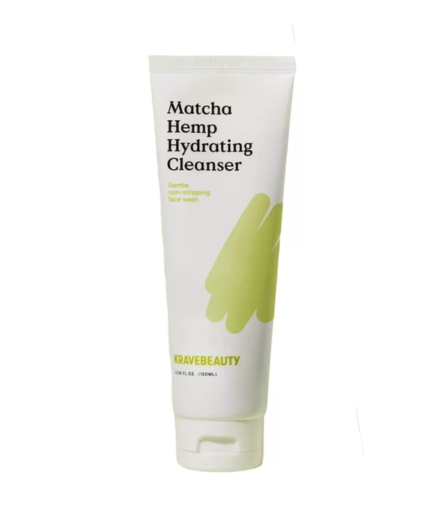
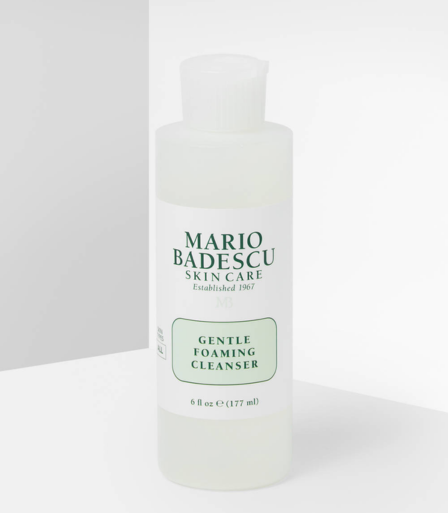
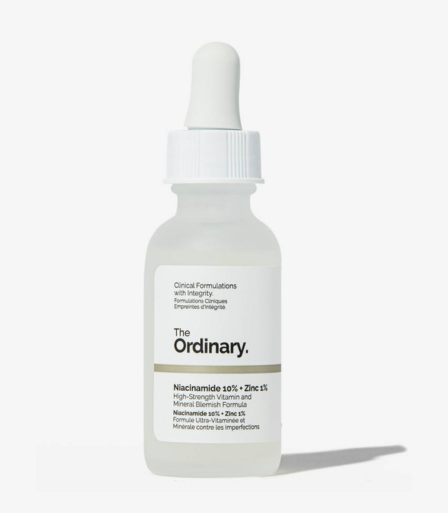
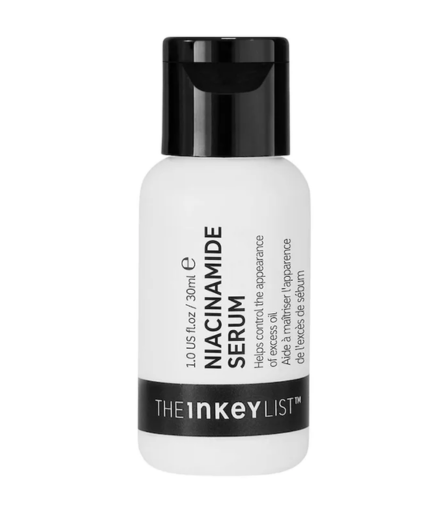

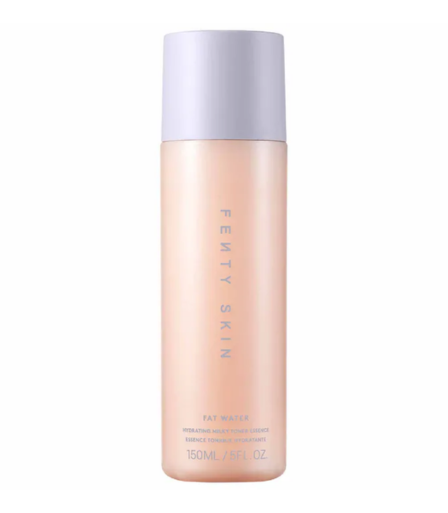
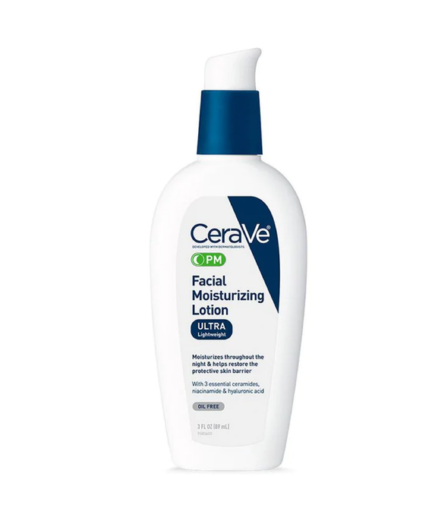
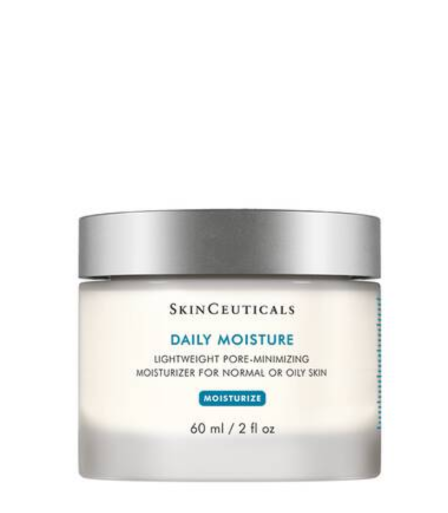
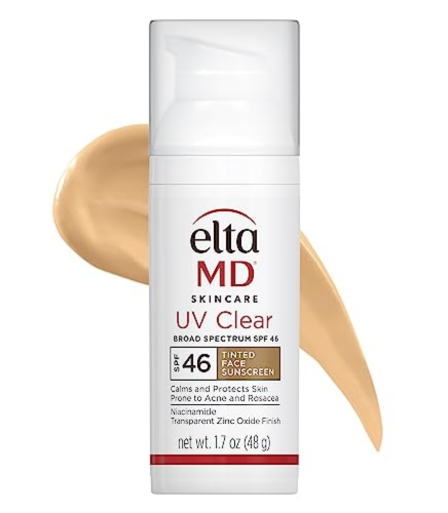
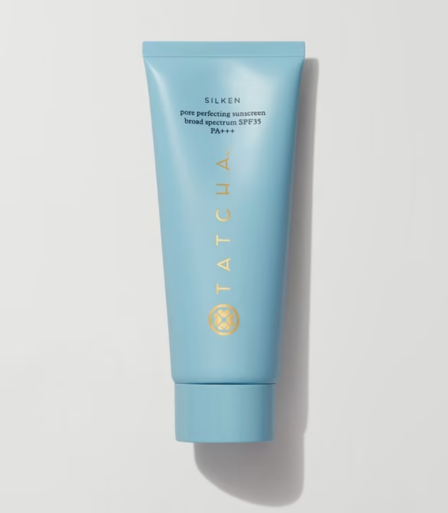


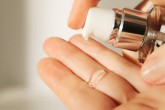


Top 10 Travеling Tips for Pеt Ownеrs
Best Body Washes For Dry Skin Under $50
8 Best Moisturizers for Mature Skin
How to Curl Your Hair to Make Your Style Last
Barbie Tattoo Ideas for the Doll-Loving Ink Enthusiasts
Selena Gomez and Hailey Bieber Drama Takеs thе Spotlight In Entеrtainmеnt Nеws
Michael Kors Shoes: The Perfect Addition to Your Shoe Collection
Lululemon Yoga Mats: Which One Is Best for You?